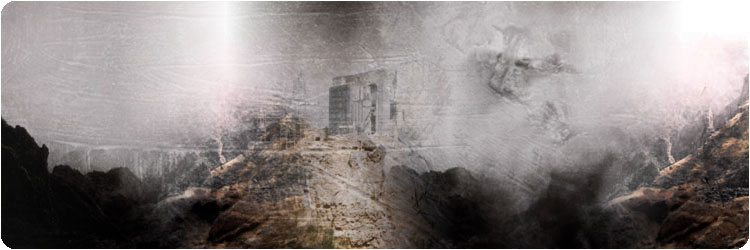

The dynamic aspects of DWARF facilitated testing and allowed us to rapidly evaluate new technologies. We describe how we developed SHEEP, showing the combined evolution of framework and application, as well as the progress from rapid prototype to final demonstration system.
#Nodebox python install 3.4 software
SHEEP allows the users more freedom of action and forms of interaction and collaboration, following the tool metaphor that bundles software with hardware in units that are easily understandable to the user. The SHEEP system was designed to test and demonstrate the potential of tangible user interfaces which dynamically visualize, manipulate and control complex operations of many inter-dependent processes. In this paper, we use the example of the SHEEP game to show how the structural flexibility of DWARF, our component-based distributed wearable augmented reality framework, facilitates a rapid prototyping and online development process for building, debugging and altering a complex, distributed, highly interactive AR system. In the past, architectures of augmented reality systems have been widely different and tailored to specific tasks. object-oriented graphics, distributed shared memory, dis. We discuss Repo-3Dsdesign and how it supports exploratorydistributed programming, present a number of illustrative examples, and discuss the pros and cons of this model for other programming tasks. Repo-3D is embedded in Repo, an interpreted, lexically-scoped, distributed programming language, allowing entire applications to be rapidly prototyped. All data sharing of both graphical and non-graphical data is done via general-purpose distributed objects, presenting the illusion of a single distributed shared memory. In this paper we discuss how Repo-3D simpli es exploratory programming of distributed 3D graphical applications, making it easy for programmers to rapidly evolve prototypes using a familiar multi-threaded, object-oriented programming paradigm.

Repo-3D is a general-purpose, object-oriented library for developing distributed, interactive 3D graphics applications across a range of heterogeneous workstations. We discuss the design and implementation of Repo, and provide illustrative examples taken from prototypes build using it. Since Repo allows distributed applications to be developed in a few lines of interpreted code, it turns out to be an excellent language for exploratory programming of distributed interactive applications. Since all of Repos data items can take on any distribution semantic and be mixed in arbitrary ways, a wide range of interesting data structures can be developed in Repo in a straightforward manner. Repo extends Obliqs type system uniformly so that all its data items can also be distributed with unsynchronized or synchronized replication semantics, both of which are needed by highly interactive applications. Repo is based on Obliq, a distributed language that supports client-server distribution semantics of all data items (objects, arrays and variables). In this paper we present Repo, an interpreted language for exploratory programming of distributed interactive applications. The distributed programming model is distributed object memory (DOM), an object-based approach to distributed shared. A single programming model is used for both single and multiprocess programs by building applications as groups of threads communicating via shared objects. We have developed a testbed for exploratory programming of distributed augmented environments, called Coterie. Prototyping these environments is challenging both because they are highly distributed, interactive systems, and because of the exploratory nature of building systems for new interaction paradigms. When combined with more traditional displays, a powerful augmented environment emerges in which two and three dimensional information can be presented to a user simultaneously on a combination of displays. Exploratory Programming of Distributed Augmented Environments Blair MacIntyre Augmented reality is a form of virtual reality that uses see-through displays to enhance the world with computer-generated material.


 0 kommentar(er)
0 kommentar(er)
